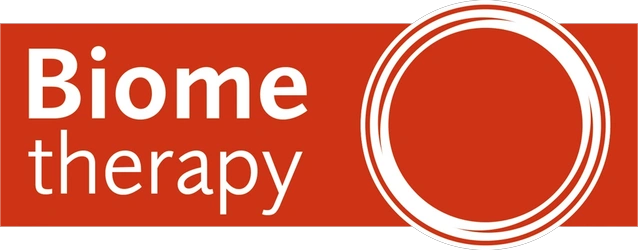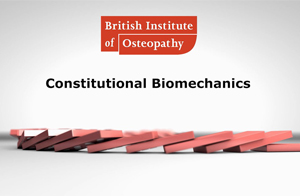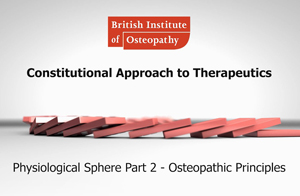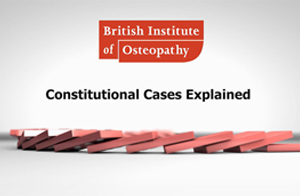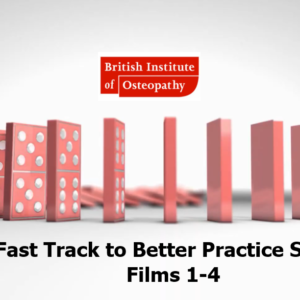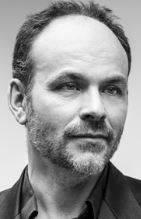Description
Overview
My background in Architecture has enabled me to evolve a completely new way of explaining constitutional biomechanics. As part my own journey I found many of the models previously used to try to explain body mechanics were not accurate. If you are using poor rationales to explain to your patients what you are doing, it makes it hard to be credible.
I show you how I animate drawings to explain to the patient what I am doing, this is supported with film animations of key concepts. Making explanations in 3D helps the subjects come alive and much easier to graduate theory to treatment.
We base our approach on a General Osteopathic Routine using an evolved constitutional approach, that builds on the learning from films one and two. This film brings the work together by deconstructing the routine on a real patient, talking in real time about what is happening on the bench.
The Journey – From Theory To Practice
This can be the hardest transition to make, there is nothing like seeing theory in action to make it real. At the end of the day Osteopathic practice has a physical component; you have to do something. We can all watch a practitioner treat a patient, there is value in that of course. But when you couple that experience with a background explanation and a real time explanation – the learning is transformed.
What You Will Learn
A comprehensive explanation of the mechanical aims and objectives of a General Osteopathic Treatment routine. Core knowledge about what can help and hold up a good routine, a narrated walk through the process of treatment.
A well applied bodywork routine is one long seamless movement and keeping that on track requires a good underpinning narrative that you will have learned in films one and two. How to approach adjustments in the spine from a constitutional perspective demonstrating correct articulation and long lever adjustment.
The foundation of successful bodywork and safe stable adjustment rests upon knowing exactly what you are doing. If technique has become scary, then you need to find out why. Technique on its own is dangerous and rarely achieves anything of value.
Which group of patients are we aiming at approaching on this course?
Each part of the 4 part film course is intended to give the practitioner enough underpinning theory and knowledge to be able to approach patients in groups 1 and 2 in the ‘cohorts of patients’.
For more information on the ‘cohorts of patients’ you can purchase the 3 diagnostic charts used throughout the course here:
Constitutional diagnostic charts
Film 3 Contents
- Basic postural considerations
- Compression
- Tension
- Torsion
- Gravity
- Arch mechanics
- Bodywork – preparing for the bench
- Mechanical diagnosis is a constitutional process
- Environment, explanations, expectations
- The General Osteopathic Routine
- Origins, evolution and corrections
- What was missing?
- A new way of working
- The horizontal spine and the vertical spine in analysis
- Gravity and development
- New mechanical models to evolve the bodywork
- The main effects of a compensated posture in lesion
- Prepping the patient for bodywork
- Vasomotion, visceramotion and posture
- Preparatory soft tissue work in chronic cases
- ‘Invisible holding’
- Helping patients to let go during a treatment
- The basic principles of a General Osteopathic Routine
- Key concepts to making bodywork constitutional
- Why the patient must be passive during the routine
- Why mixing techniques is not compatible
- How to hold patients to reduce ‘grabbing’
- Main factors leading to holding in the patient
- Gapping the joints – why we have to follow through
- Things to keep an eye out for during treatment
- Setting up a bench for correct handling
- Why it can really affect your treatment
- Assessing a patient and deconstructing a General Osteopathic Routine
- Demo with a patient
- Bringing together the underpinning mechanical theory of a constitutional approach to bodywork
- Explaining the purpose of articulation
- Setting up the patient for bone adjustment
- Pelvis, dorsals and entry cervical approach
- Restoring symmetry, balance and relationship is the aim
Summative assessment
There is a summative assessment for film 3 which enables you to consolidate your learning. Multiple choice questions that will help demonstrate what you have learned. On completion you can print off a CPD certificate, listing all the hours you have gathered on this journey.
New bonus addition
There is an additional book from the bibliography added to give you additional directed reading so you can see where Howard started his journey and evolved the thought process to make sense in a modern clinical setting.
